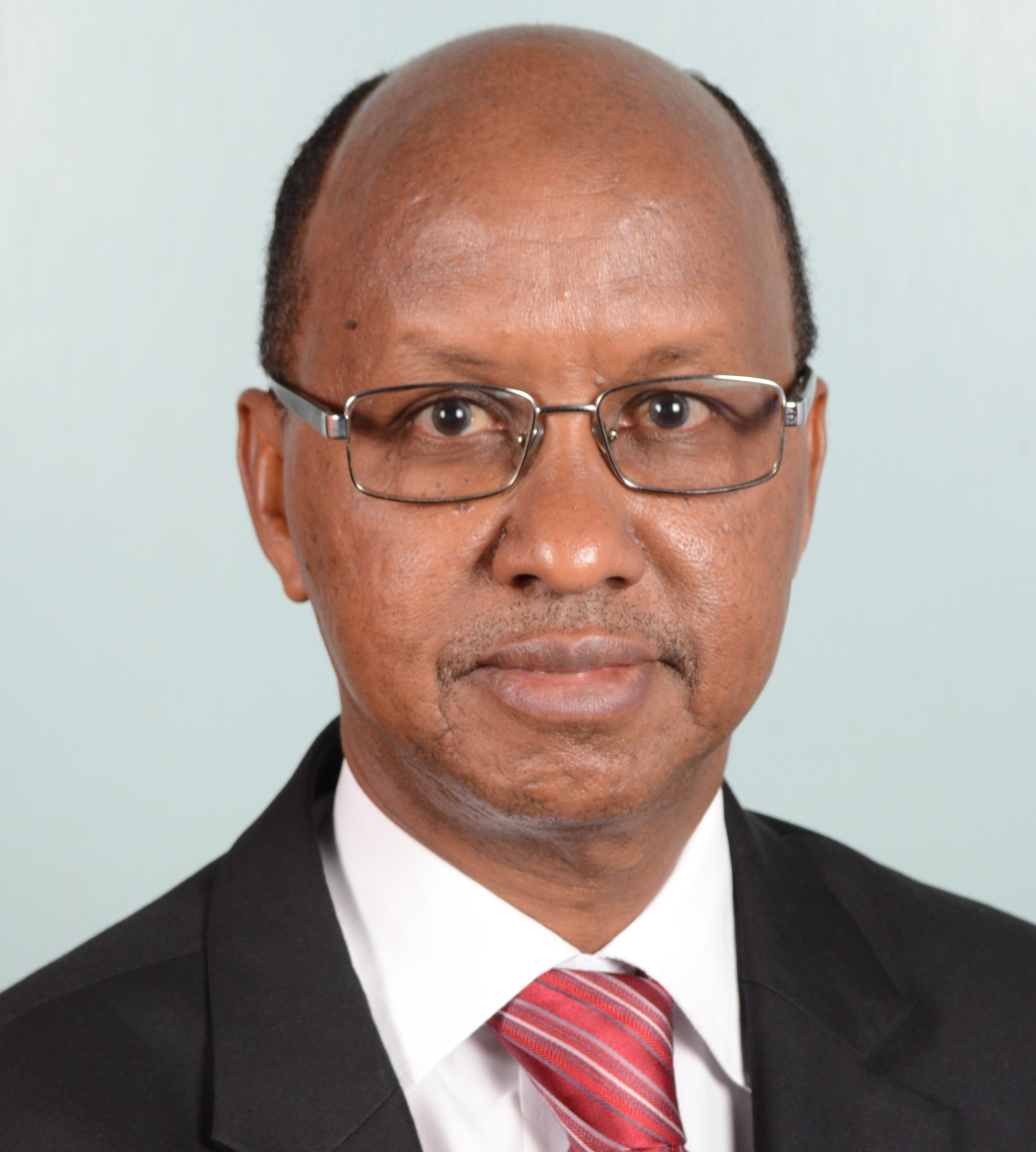DEPARTMENT OF GEOINFORMATION AND EARTH OBSERVATION
Department of Geoinformation and Earth Observation
Geoinformation is concerned with the collection, management, analysis, and presentation of geospatial data to reveal actionable, geographically contextualized information. Geospatial data is useful in the analysis of spatial phenomena. Typically, Geoinformation is presented in the form of, and analyzed through the use of, Geospatial Information Systems (GIS). The use of GIS has in particular made mapping technology accessible to most users who need to use information in the form of maps. Earth observation on the other hand is principally concerned with collection and analysis of spatial data through the use of remote sensing and photogrammetric technologies. GIS itself relies on mapping technology as the basis for any GIS analysis is a reliable map. One of the applications of earth observation technologies is in mapping. In order to handle the large volume of GIS and Earth Observation data, experts in the field of Geoinformation require focused training on spatial sciences, and skills in computation and data management system. The department of GeoInformation and Earth Observation focuses on training, research and innovations to support effective spatial data handling.
